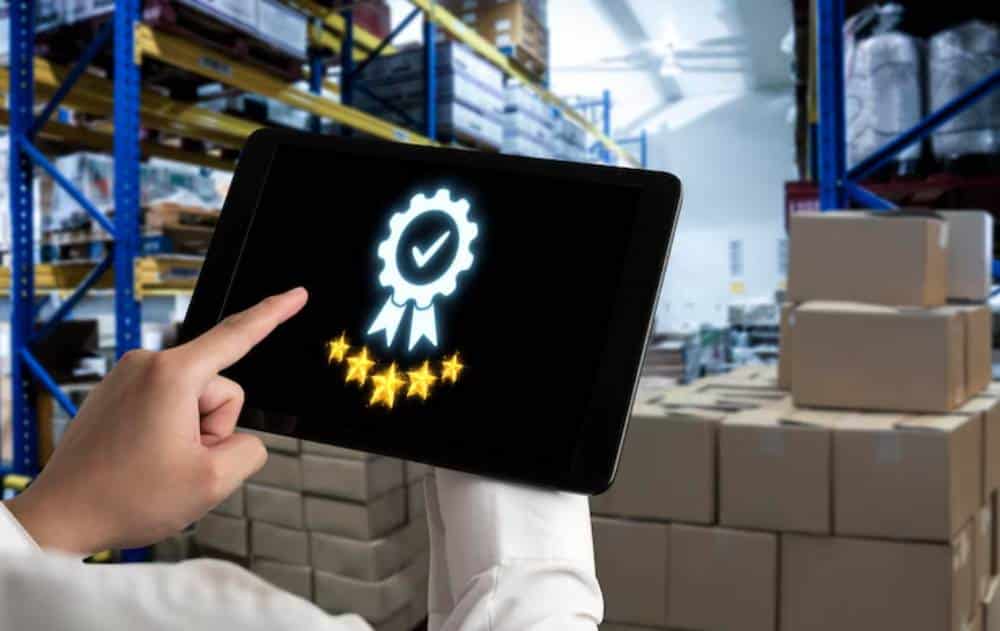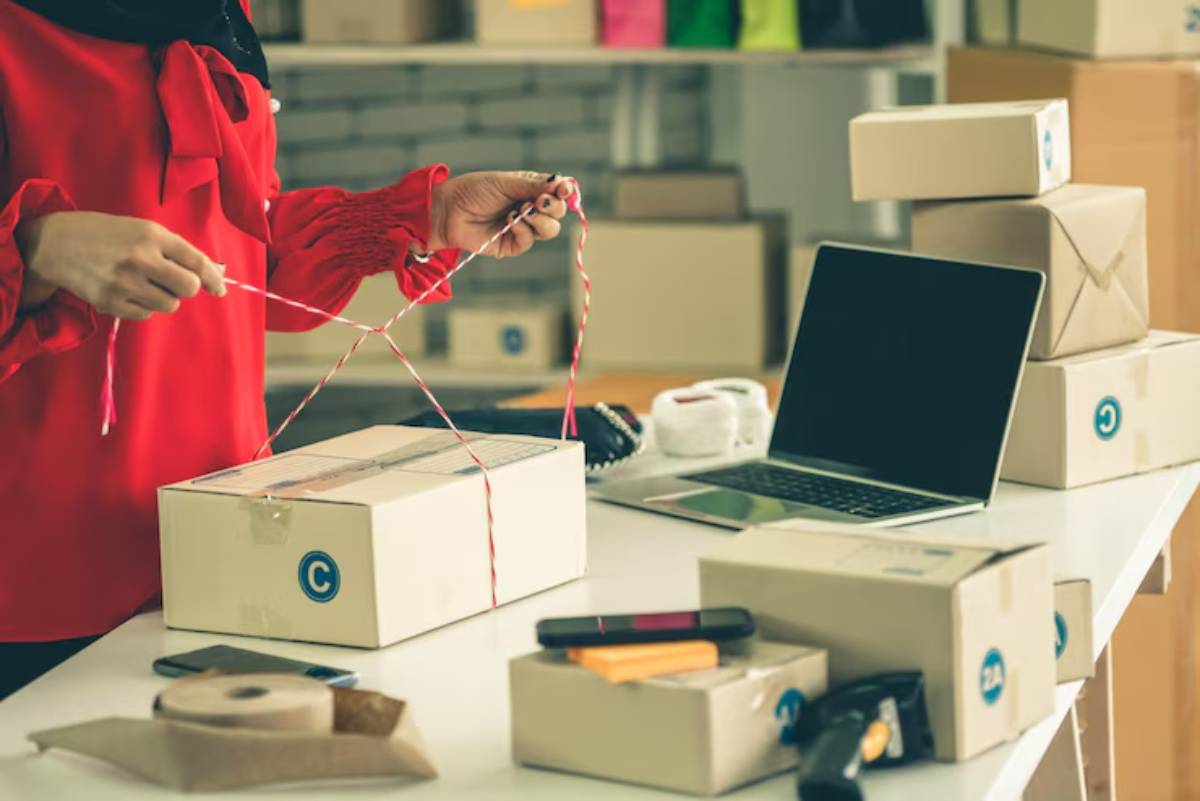
How to Vet and Choose Reliable Dropshipping Suppliers
Finding the right products is only half the battle in dropshipping. The other half? Partnering with dropshipping suppliers who consistently deliver on time, meet quality expectations, and help your brand maintain a stellar reputation. Choosing the wrong supplier can result in delayed orders, negative reviews, refund requests, and a tarnished customer experience.
In this guide, we’ll walk you through a strategic process for supplier vetting so you can build strong partnerships and streamline your product sourcing process with confidence.
Why Supplier Choice Is Critical in Dropshipping
Because you don’t handle inventory directly, your business relies heavily on your supplier’s ability to deliver quality products efficiently and consistently. An unreliable supplier impacts your:
- Customer satisfaction
- Store credibility
- Shipping times and refund rates
- Advertising performance (due to bad reviews or chargebacks)
Think of your suppliers as an extension of your brand. You’re only as strong as your weakest link.
1. Determine Where You’ll Source Products
Before choosing a supplier, decide which type of platform or sourcing model fits your business strategy.
Common Dropshipping Supplier Platforms:
- AliExpress – Broad selection, best for beginners
- Spocket – Focused on US/EU suppliers with faster shipping
- CJ Dropshipping – Offers sourcing, warehousing, and branding
- Zendrop – US-based fulfilment and private labelling options
- Modalyst – Great for fashion and lifestyle, integrates with Wix and Shopify
- Private Suppliers – Direct contact via Alibaba, trade fairs, or niche-specific distributors
Product Sourcing Tip: If fast delivery and long-term branding are goals, prioritise suppliers with local warehousing or private labelling.
2. Check Product and Supplier Ratings

When using marketplaces like AliExpress, CJ Dropshipping, or Spocket, supplier ratings offer a first glimpse into reliability.
What to Look For:
- 4.5+ star average rating
- Thousands of completed orders
- Consistently positive customer feedback
- Reviews with real product images
- Store age (1+ year preferred)
Tool Tip: Use Chrome extensions like AliHunter or DSers Supplier Optimiser to automate rating analysis and comparisons.
3. Order Samples and Test the Process

Nothing beats experiencing the customer journey for yourself. Ordering product samples helps you assess:
- Shipping time accuracy
- Packaging quality
- Product durability and appearance
- Responsiveness to questions or order updates
Sample Tip: Use a different email to simulate a real customer experience and observe if tracking and follow-up are prompt and professional.
4. Evaluate Communication Responsiveness
Whether you’re working with individual suppliers or platforms, clear communication is non-negotiable.
Evaluate By:
- Response time to questions (ideally under 24 hours)
- Clarity and professionalism in responses
- Willingness to provide certifications, tracking info, and updates
- Flexibility for bulk discounts, customisation, or private labelling
Supplier Vetting Tip: A responsive supplier during vetting is more likely to resolve issues quickly if problems arise post-sale.
5. Ask the Right Questions Before Partnering
Use this checklist to assess your supplier’s ability to meet your ecommerce standards:
Key Questions to Ask:
- What is your average processing time per order?
- Do you offer ePacket or local warehousing for faster shipping?
- Can you provide real-time tracking for all orders?
- What is your defective product policy?
- Do you support returns/refunds? If so, under what terms?
- Can I customise product packaging or branding?
Bonus Tip: Evaluate their terms for bulk orders and ability to scale as you grow.
6. Check for Legal and Regulatory Compliance
Selling non-compliant or unlicensed products can lead to chargebacks, legal disputes, or account bans.
Key Considerations:
- CE marking (for electronics and toys in the EU)
- FDA compliance (for health and beauty in the US)
- Trademark and copyright checks (avoid counterfeit goods)
- Safety certifications (especially for baby, health, or pet products)
Sourcing Tip: Always ask for documentation or test reports—reputable suppliers should have these ready.
7. Analyse Fulfilment Infrastructure
Go beyond products—evaluate how well your supplier can handle logistics and fulfilment.
Look For:
- Warehousing locations (US/EU warehouses = faster delivery)
- Order processing automation
- API or app integrations with your store (Shopify, WooCommerce, etc.)
- Scalability during high seasons or sales surges
Product Sourcing Insight: Platforms like CJ Dropshipping and Zendrop provide warehousing, custom packaging, and bulk fulfilment—all key to building a scalable brand.
8. Use Multiple Suppliers for Risk Management
Putting all your trust in a single supplier is risky. Supply chain disruptions, stockouts, or delays can bring your store to a halt.
How to Diversify:
- Have backup suppliers for your top-selling products
- Source from multiple platforms to avoid platform-specific issues
- Use apps like AutoDS or DSers to map products across multiple suppliers
Safety Net Strategy: Test fulfilment with all backup suppliers before you need them.
9. Monitor Supplier Performance Continuously
Even great suppliers can slip—especially as order volume grows. Regularly monitor:
- Order defect rate
- Shipping delays or complaints
- Refund and dispute ratios
- Negative reviews
Use These Tools:
- AutoDS: supplier replacement automation
- Shopify Analytics: monitor fulfilment timelines
- Google Sheets or Notion: track recurring issues or feedback trends
10. Focus on Long-Term Partnerships

Great suppliers want reliable buyers, just like you want reliable partners. Treat supplier relationships like business investments.
Maintain Relationships By:
- Paying promptly (even when not required)
- Providing consistent feedback
- Notifying them of upcoming promotions or high-volume periods
- Exploring exclusive product deals or private labelling opportunities
Relationship Tip: Consider WhatsApp or WeChat for faster, more human communication with direct suppliers.
Comparison Table: Popular Dropshipping Supplier Platforms
| Platform | Supplier Location | Branding Options | Shipping Speed | Automation | Ideal For |
| AliExpress | Global (China) | ❌ | 7–30 days | ✅ | Beginners |
| Spocket | US/EU | ✅ | 3–7 days | ✅ | Fast delivery & premium |
| CJ Dropshipping | Global + Local | ✅ | 5–15 days | ✅ | Scaling & custom branding |
| Zendrop | US/Global | ✅ | 3–8 days | ✅ | Branding & fulfilment |
| Modalyst | US/EU | ✅ | 3–7 days | ✅ | Fashion & accessories |
Common Supplier Red Flags to Avoid
- Unwillingness to share tracking information
- Vague or evasive answers to questions
- Pushy about large upfront orders
- Inconsistent product descriptions or fake reviews
- Unprofessional communication or no customer service
Remember: Trustworthy dropshipping suppliers want long-term relationships too—if they’re unreliable during the vetting phase, it only gets worse.
Key Takeaway
Choosing and vetting dropshipping suppliers is a crucial part of building a reliable and profitable online business. A smart supplier vetting process saves time, money, and customer headaches—while ensuring your product sourcing supports your brand’s promise.
Partner Smart, Scale Confidently
Your supplier isn’t just a fulfilment partner—they’re a reflection of your brand’s standards. Taking time to vet carefully, communicate clearly, and build relationships ensures smoother operations and happier customers.
So source with strategy, ask the right questions, and build a supplier network that supports your growth—because great partnerships drive great businesses.


